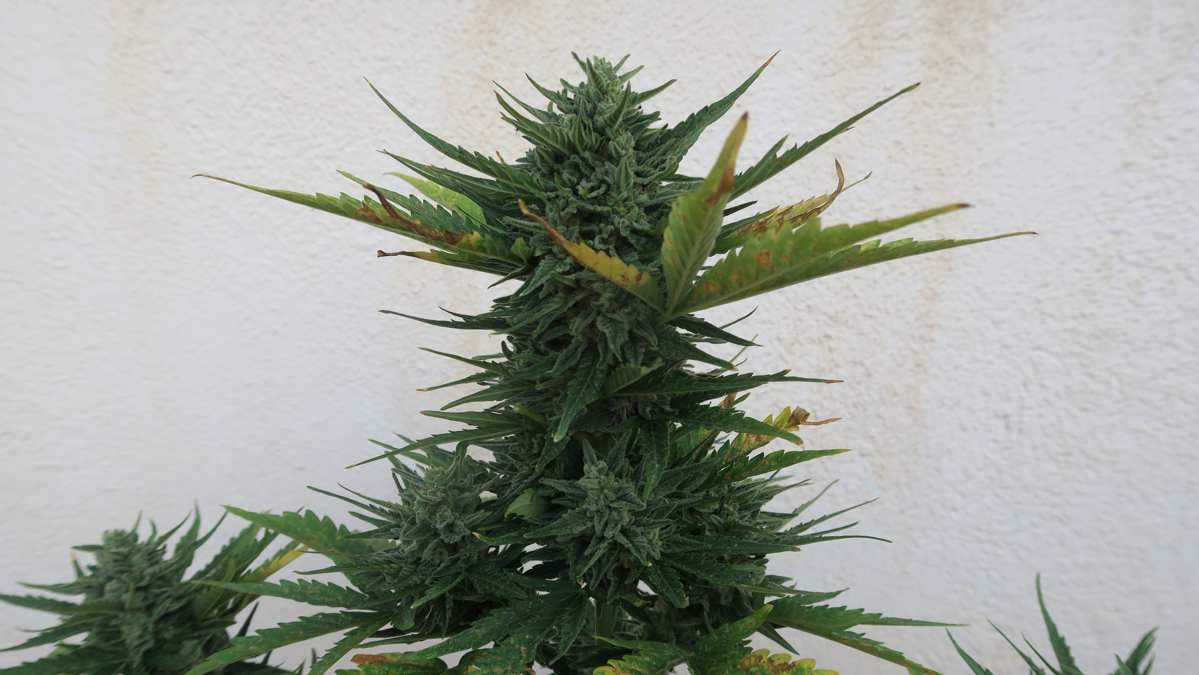In current several years, the cultivation of hashish has emerged as a sizeable agricultural endeavor, significantly in Canada, where progressive laws has paved the way for a burgeoning market. Amidst this progress, the adoption of autoflowering hashish seeds stands out as a sustainable and environmentally helpful technique to cultivation. In this article, we delve into the ecological strengths of cultivating autoflowering hashish in Canada, highlighting its purpose in lowering water consumption, reducing power usage, and decreasing carbon emissions compared to conventional agricultural solutions.
Knowledge Autoflower Hashish Cultivation
Autoflowering cannabis plants are a marvel of nature’s adaptability. Contrary to classic cannabis types, which count on alterations in daylight to induce flowering, autoflowering strains routinely changeover from vegetative advancement to flowering after a predetermined interval, usually two-4 weeks. This special trait, derived from Cannabis ruderalis genetics, delivers quite a few environmental gains when cultivated in Canada’s various climates.
Lessened H2o Intake
Water scarcity is a developing problem globally, and agriculture is a significant contributor to h2o depletion. Standard cultivation procedures frequently entail comprehensive irrigation devices to maintain plant expansion, specifically in regions with arid or semi-arid climates. In contrast, autoflowering cannabis requires drastically significantly less h2o in the course of its lifecycle.
Autoflowering plants have shorter vegetative phases as opposed to their photoperiod counterparts, ensuing in diminished water requirements all through this important expansion stage. In addition, their compact dimension and accelerated development rate empower cultivators to utilize drinking water much more effectively, reducing wastage and conserving precious resources. In a region like Canada, where by drinking water conservation is paramount, the adoption of autoflowering cannabis cultivation can add to sustainable water management tactics.
Lower Power Use
Strength consumption is a different vital thought in modern-day agriculture, with conventional indoor cultivation procedures frequently relying closely on synthetic lights, heating, and air flow methods. These strength-intensive operations lead to greenhouse fuel emissions and environmental degradation. Autoflowering cannabis cultivation presents a extra energy-economical substitute, significantly in Canada’s northern locations where by indoor rising is frequent due to harsh winters.
The fast flowering cycle of autoflowering crops minimizes the length of synthetic lighting demanded for optimum expansion. click reference translates to reduced electricity use and diminished reliance on fossil gas-derived vitality resources. In addition, the compact dimension of autoflowering vegetation will allow for additional effective use of indoor room, further more optimizing vitality utilization. By minimizing the ecological footprint affiliated with power-intensive cultivation procedures, autoflower hashish cultivation aligns with Canada’s determination to transitioning in direction of a greener and much more sustainable potential.
Lessened Carbon Emissions
Carbon emissions from agricultural things to do contribute appreciably to local weather improve, exacerbating environmental issues such as world wide warming and habitat destruction. Conventional farming procedures, which include the use of hefty equipment, synthetic fertilizers, and very long-distance transportation, lead to carbon emissions at different stages of the supply chain. Autoflowering hashish cultivation presents a implies to mitigate these emissions and promote carbon neutrality.
The compact sizing and shorter growth cycle of autoflowering plants reduce the want for large-scale mechanization, minimizing the carbon footprint involved with agricultural equipment. Moreover, the decentralized mother nature of autoflower cultivation enables tiny-scale, neighborhood manufacturing, cutting down the reliance on extensive-length transportation and associated emissions. By embracing autoflowering cannabis cultivation, Canada can bolster its efforts to decrease carbon emissions and overcome climate transform when supporting nearby economies and fostering neighborhood resilience.
Summary
In summary, the environmental positive aspects of autoflower hashish cultivation in Canada are manifold. From diminished drinking water consumption and decreased energy use to diminished carbon emissions, autoflowering strains offer you a sustainable and eco-welcoming different to common agricultural tactics. By harnessing nature’s efficiency and embracing innovation in hashish cultivation, Canada can pave the way in direction of a additional resilient and environmentally acutely aware long run. As the cannabis business proceeds to evolve, prioritizing sustainability will be vital in guaranteeing long-expression viability and minimizing its ecological influence. Via collaboration, innovation, and a motivation to environmental stewardship, autoflower cannabis cultivation can enjoy a pivotal part in constructing a greener and a lot more sustainable Canada for generations to come.


